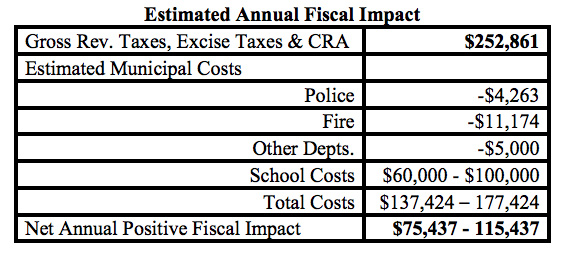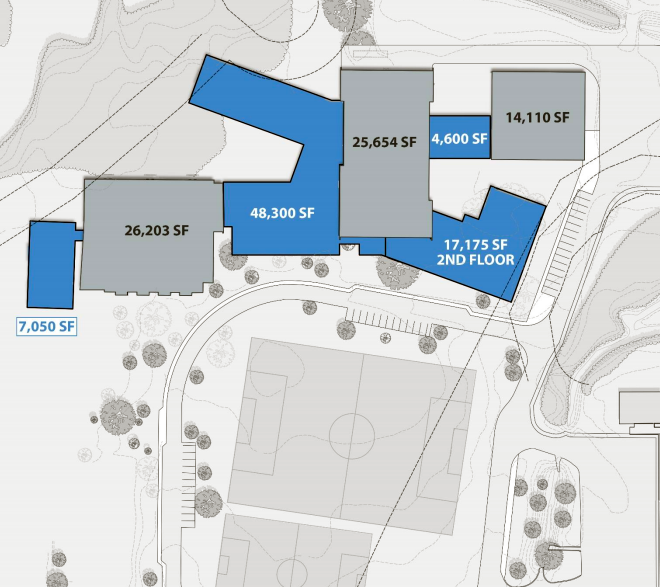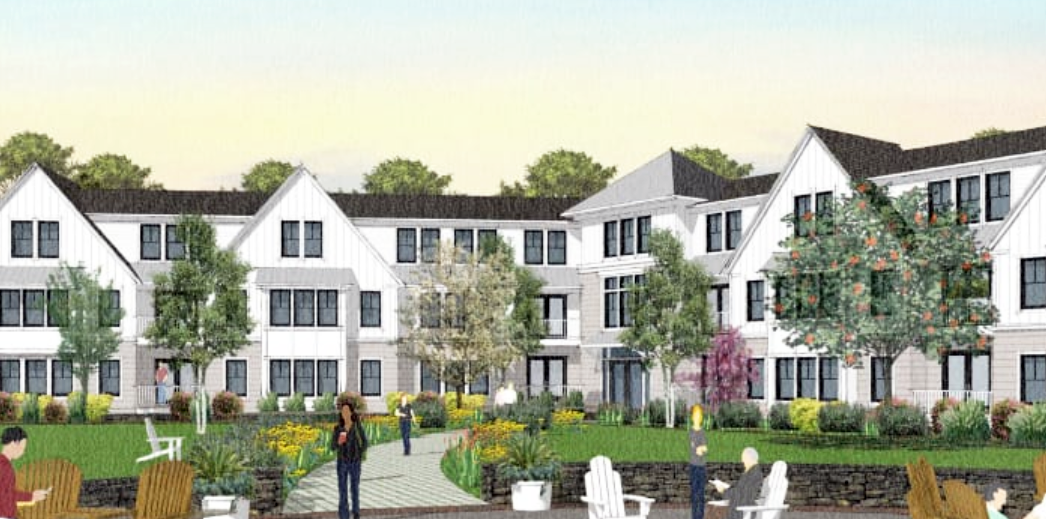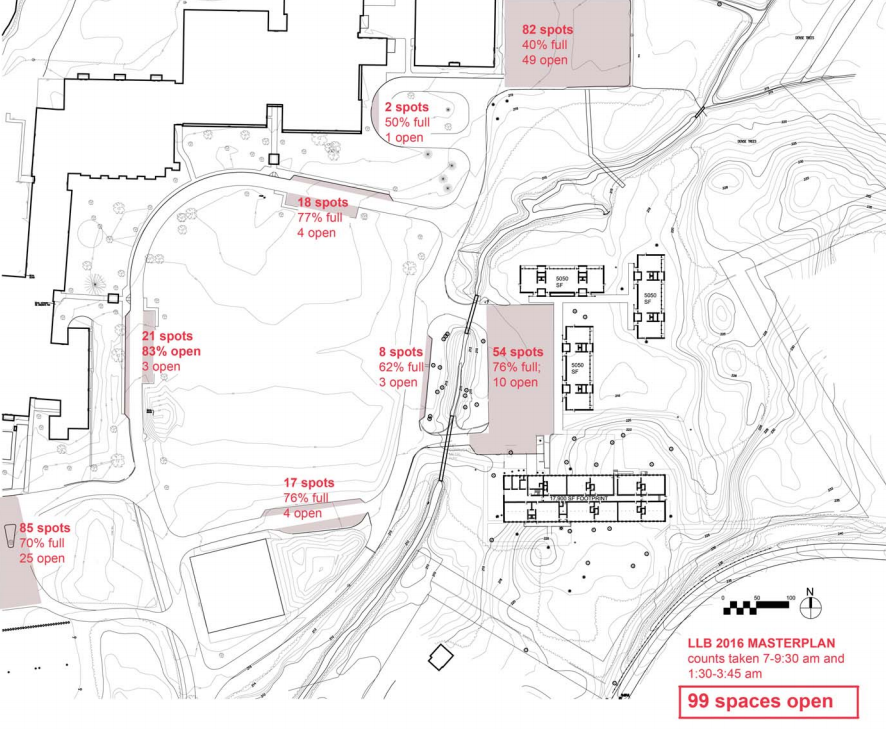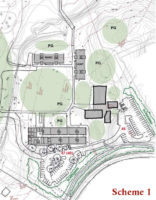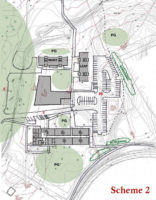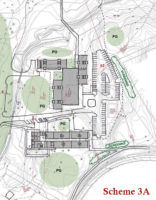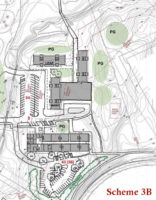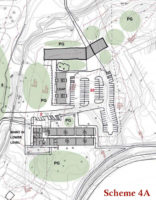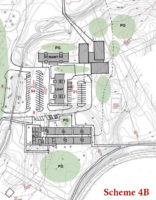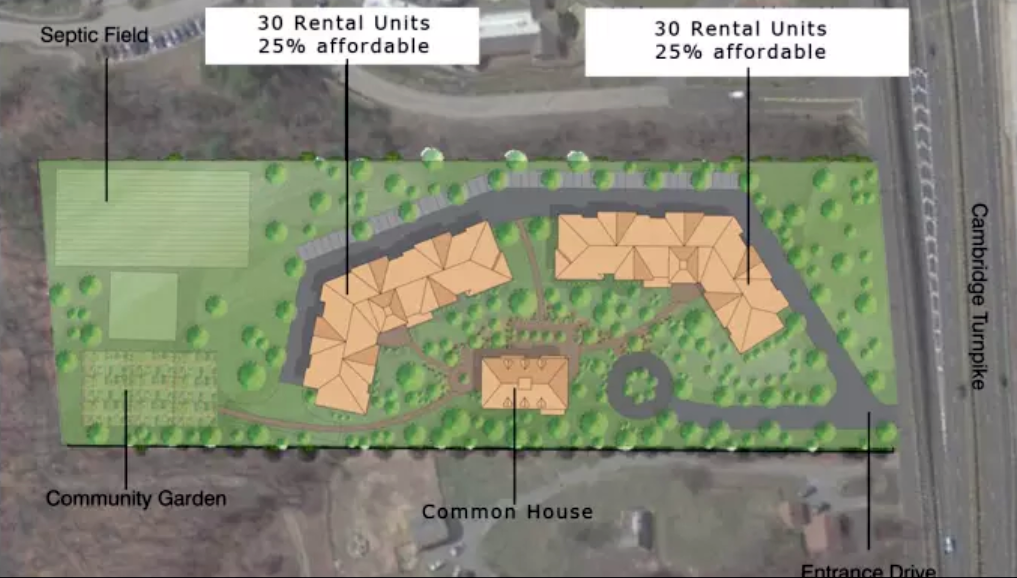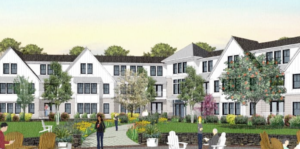 A fiscal analysis performed for the developer of the proposed Oriole Landing project says the housing will result in a net boost to town revenue of at least $75,000 per year.
A fiscal analysis performed for the developer of the proposed Oriole Landing project says the housing will result in a net boost to town revenue of at least $75,000 per year.
The report for Civico Development done by Fougere Planning & Development, Inc., looked at increased revenue from property and excise taxes as well as costs from added school-age children and emergency services. The Milford, N.H. company is also doing a fiscal impact analysis for the proposed 180-unit LCB Senior Living development in Lexington.
With an estimated value of $16 million, Oriole Landing would be expected to generate first-year tax payments of $217,870 based on Lincoln’s current property tax rate of $12.60 per $1,000 valuation, the report says. Another $32,813 in revenue would come from automobile excise taxes and $6,536 in the 3 percent property tax surcharge that funds the Community Preservation Act. The added estimated revenue totals $257,219.
Fourgere analyzed three years of emergency call data from 1,582 apartment housing units to project annual increases of 29 calls a year and 14 more calls for fire and ambulance services. Based on Lincoln’s Public Safety Department call records and budgets, the town would pay an additional $18,641 for Oriole Landing services. There will be no added road maintenance costs because the development’s road maintenance and garbage removal will be paid for by the apartment complex operator.
The report analyzed the school impact of the 30 proposed two-bedroom units, disregarding the 30 one-bedroom units since those tenants would presumably not have children living with them. Using the Lincoln Woods units (minus its three-bedroom units) for comparison, Fourgere projects that 9–16 school-age children may live at Oriole Landing, with 70-80 percent of them in grades K-8.
Based on Lincoln’s class size policies, this will result in less than a single additional class, meaning an extra teacher costing about $100,000 probably would not have to be hired. However, the firm included a figure of $60,000–$100,000 “to account for some school-related costs… to cover potential teacher salaries.” K-8 school enrollment is down 12.5 percent since 2011-12, according to school data cited in the report, so “given the declining enrollment trend, the need for additional staff is unlikely.”
When everything is added up, the net fiscal impact will be an estimated $75,437–$115,437 in additional revenue for the town.
The Planning Board will hold a public hearing on Civico’s preliminary site plan on Tuesday, March 6 at 7 p.m. in town hall. Residents will also be asked to amend zoning bylaws to establish a North Lincoln Planning Development District and approve the prelininary site plan at Town Meeting on March 24.
On Thursday, Feb. 22, Civico Development will host a presentation and Q&A for the Council on Aging at 2:30 p.m. in Bemis Hall and an open house in the Lincoln Public Library from 6:30–8:30 p.m. There will with additional open houses on March 8, 15, and 22 and another COA session on March 16. A full list of meetings can be found here.
